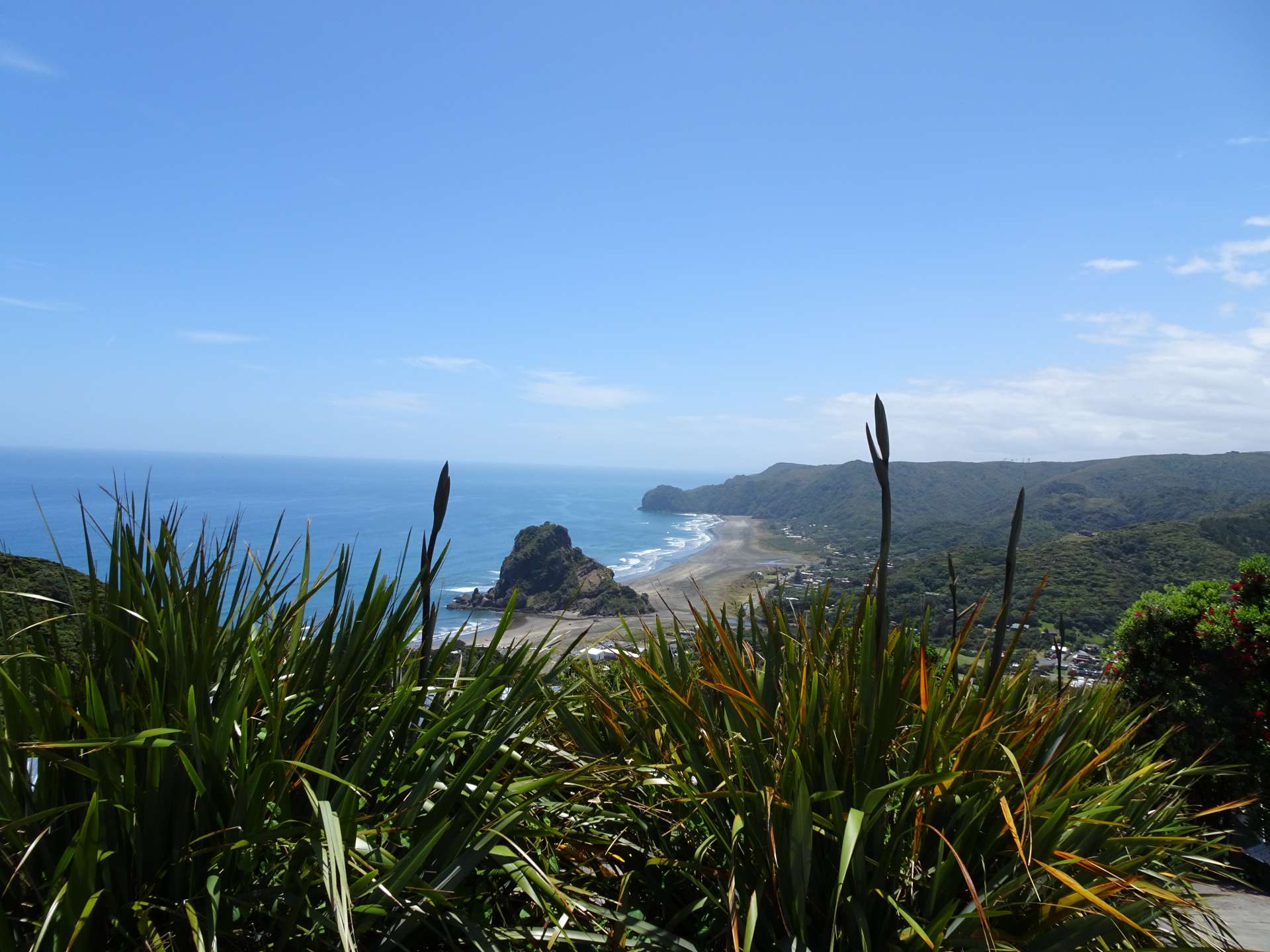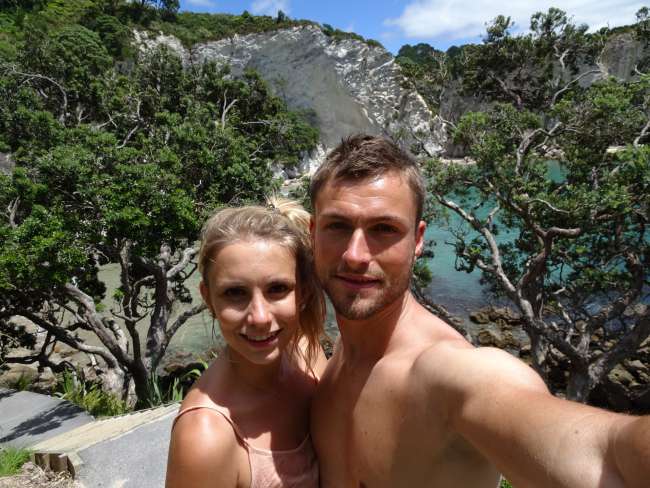
judithundwillaufentdeckungsreise
vakantio.de/judithundwillaufentdeckungsreise
Dunedin and Central Otago
प्रकाशित: 27.01.2017
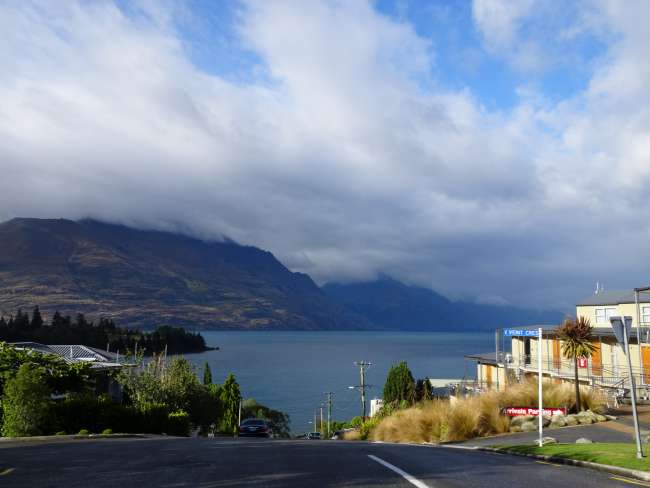
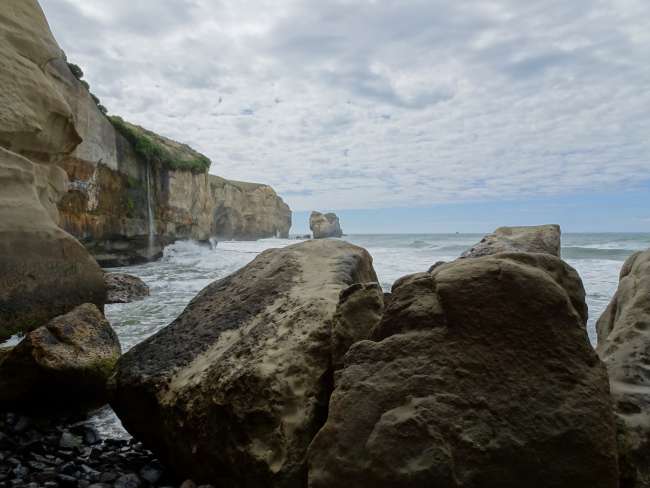
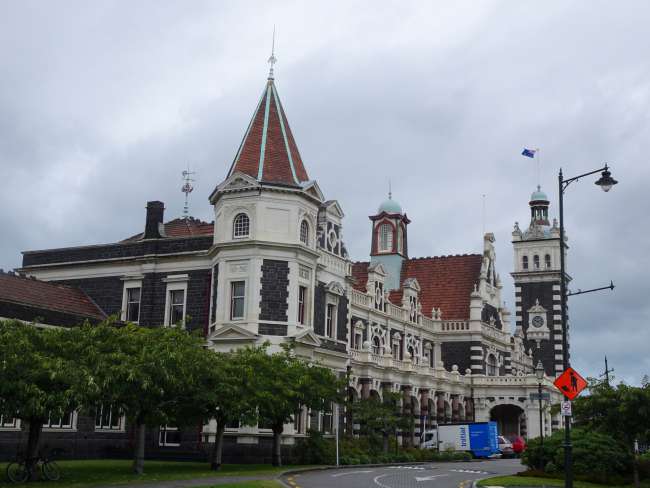
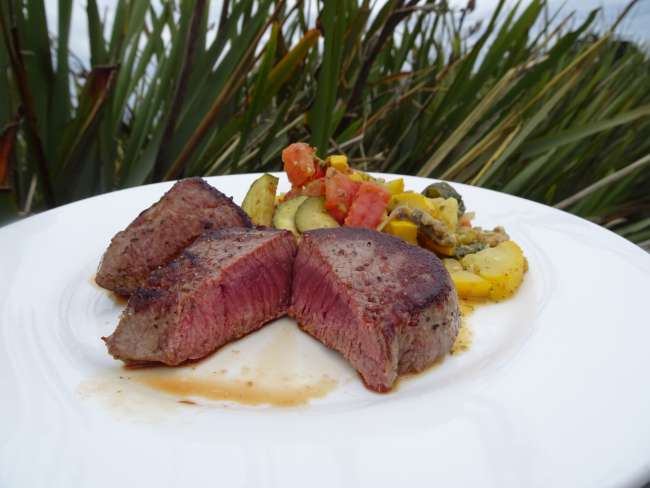
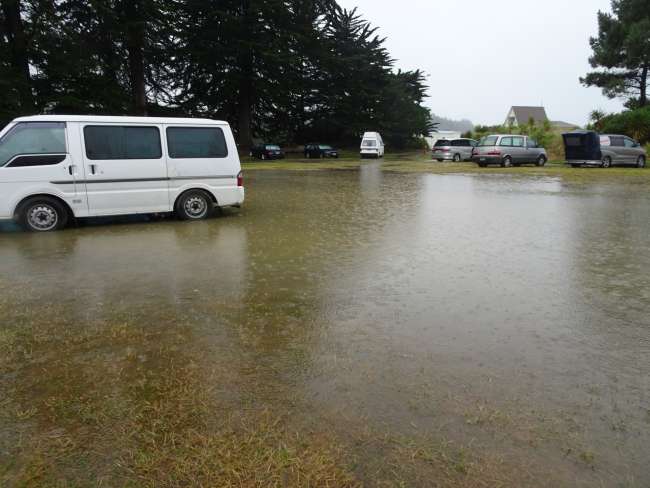
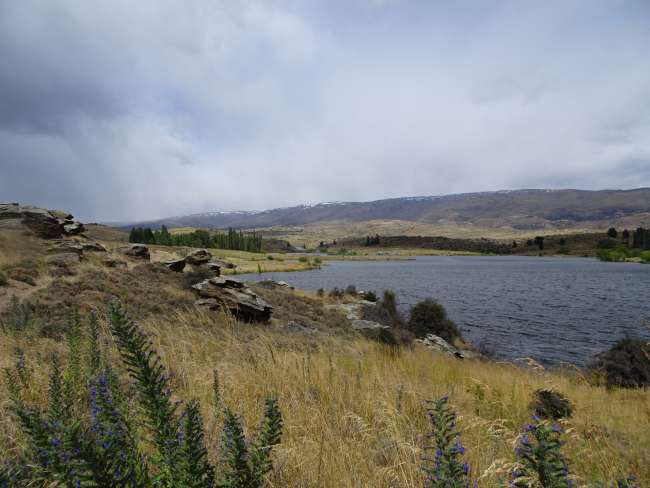
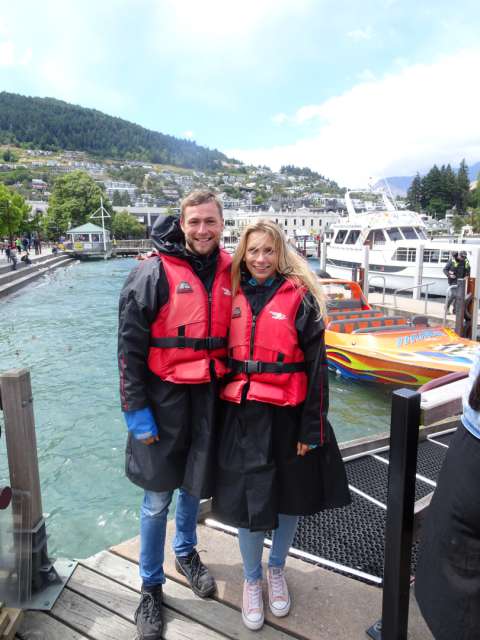
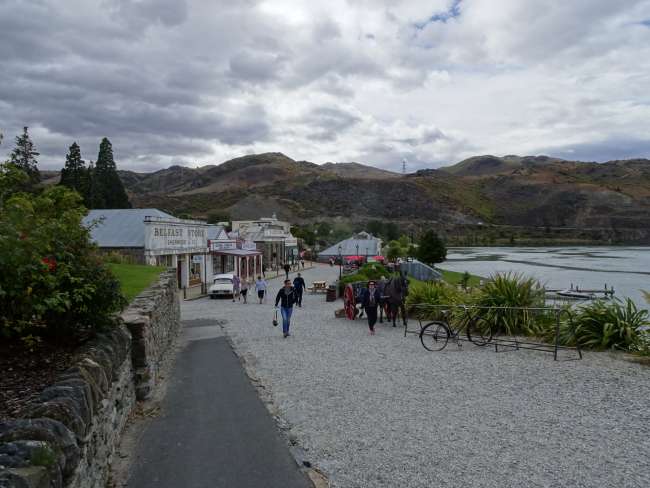
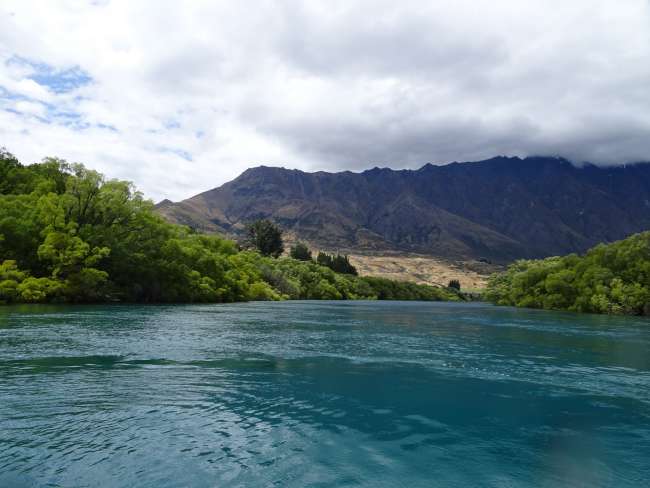
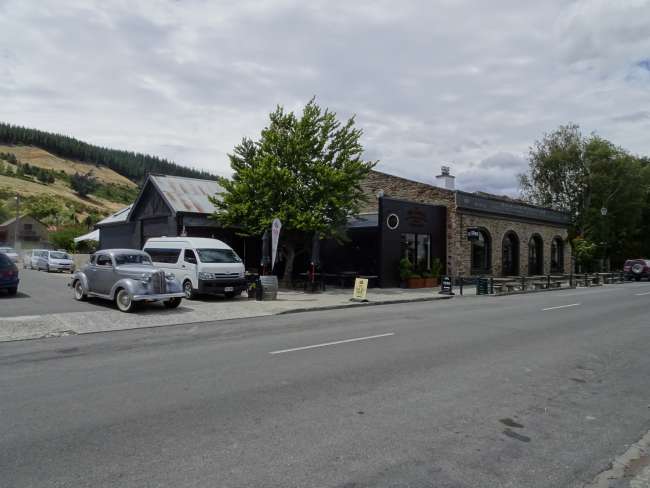
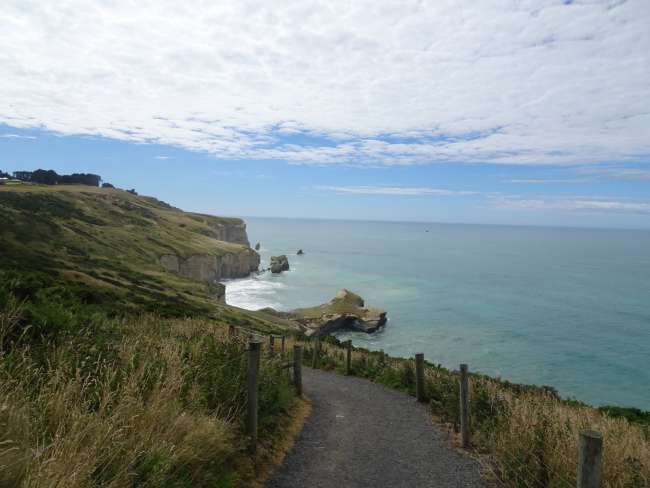
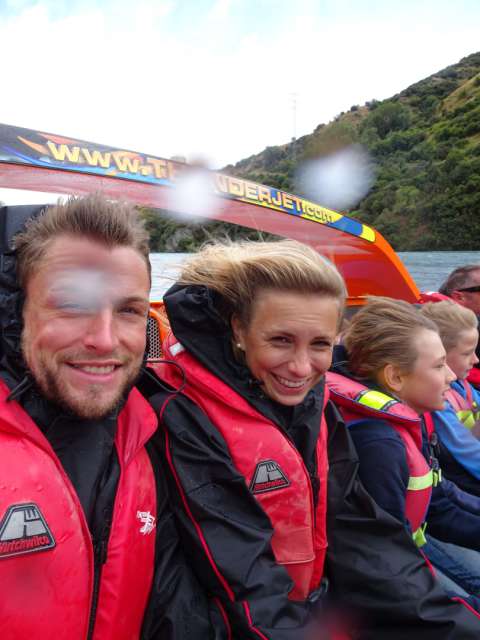
समाचार पत्रिका के लिए सदस्यता लें
After climbing at Castle Hill, our next longer stop was the city of Dunedin (pronounced: Duniedn, in Gaelic). We started our stay with a concert by Australian artist Lisa Crawley, who performed in a small bar in the city center. Very beautiful music, vocals and piano only, occasionally supplemented with a second voice and guitar. Can be found on YouTube.
After weeks of beautiful weather, we unfortunately got hit by a good amount of rain here. Accordingly, our program also moved indoors. Dunedin, which was one of the first European settlements in New Zealand and owes most of its growth to the gold rush in the 1860s (like the entire region in the south of the South Island, called Central Otago), has some very impressive buildings. There are several neo-Gothic cathedrals and smaller churches as well as a variety of worthwhile public buildings, including a highlight, the train station. We visited the Otago Settlers Museum, which was the first of the museums we visited to deal with the history of settlement in New Zealand. The museum was really generously designed, contemporary and informative - and also free of charge, as it is supported by a foundation. It was a very worthwhile visit.
At noon, we were looking for a shower - we stayed outside at a free campsite without a shower, and drove further inland to a municipal swimming pool. To cook, we then made a stop somewhere in the countryside on the edge of a golf course and met L., who was actually on his way to play golf with his pick-up truck. L., who of course has a proper name, which is exotic New Zealandish, but unfortunately we forgot, is around sixty and has a variety of hobbies, which he also talks about very passionately and extensively. After a short small talk, L. offered us to take some venison with us to his home, he has such quantities of it. So we quickly threw all the cooking utensils into the camper and followed L. to his home, where Labrador Joe and Mrs. Tina were already waiting for us.
We were served apple cider in their generous and beautiful house, and then unexpectedly spoiled with delicious chicken, vegetables and potatoes. This was accompanied by interesting insights into various aspects of New Zealand life, politics, the hobby of gold panning - L. pans for gold with great success in the rivers of Central Otago when his company is not building houses or renovating public buildings during his free time - and a variety of travel tips for the next few days. The stories about the highlights yet to be visited in southern New Zealand were repeatedly garnished with hunting pictures of deer. As a goodbye present, we then received two giant strands of frozen venison, which we prepared with vegetables the next day. Venison of grand quality and so plentiful that you could only feast on the meat.
That was really incredibly nice of Tina and L., who found the two German campers on the side of the road of his golf club.
From Dunedin, we then visited the Otago Peninsula with its hills, cliffs, bays, and the Tunnel Beach, a sandstone promontory in the sea, through which a tunnel was dug from the steep cliff down to a small beach.
In the following days, we spent our time in the gold mining villages surrounded by beautiful prairie and steppe landscapes, with mixed weather. The villages, with their basic structures from the 19th century, and their buildings - partly still faithfully in their original places due to the solid construction with the ubiquitous schist rocks and the non-existent earthquakes in this region - have a lot of charm and, in addition to nice cafes, many small art and craft galleries and shops. We stayed overnight in this prairie by small lakes or large rivers, all of which are remnants of the great gold rush. Through the multitude of information panels everywhere, sometimes even in the middle of nowhere, you get a very vivid picture over time of these very exciting years of the great (and very successful) gold rush, which shaped the settlement of the South of New Zealand like almost nothing else.
After the relaxing days in Central Otago, we continued to Queenstown, a beautiful, albeit very touristy city, for a jet boat tour on the rivers around the city.
समाचार पत्रिका के लिए सदस्यता लें
उत्तर (1)
inge
Hallo liebe Judith und Will, Thomas und ich freuen uns, dass Ihr beide einen so schönen Urlaub erlebt. Nach all Deinem StudiumRackern hast Du das bestimmt verdient, Judith, und Will ist ja auch ganz glücklich, wie wir auf den Photos sehen. Noch viel Freude Euch beiden.
Inge

यात्रा रिपोर्ट न्यूज़ीलैंड
